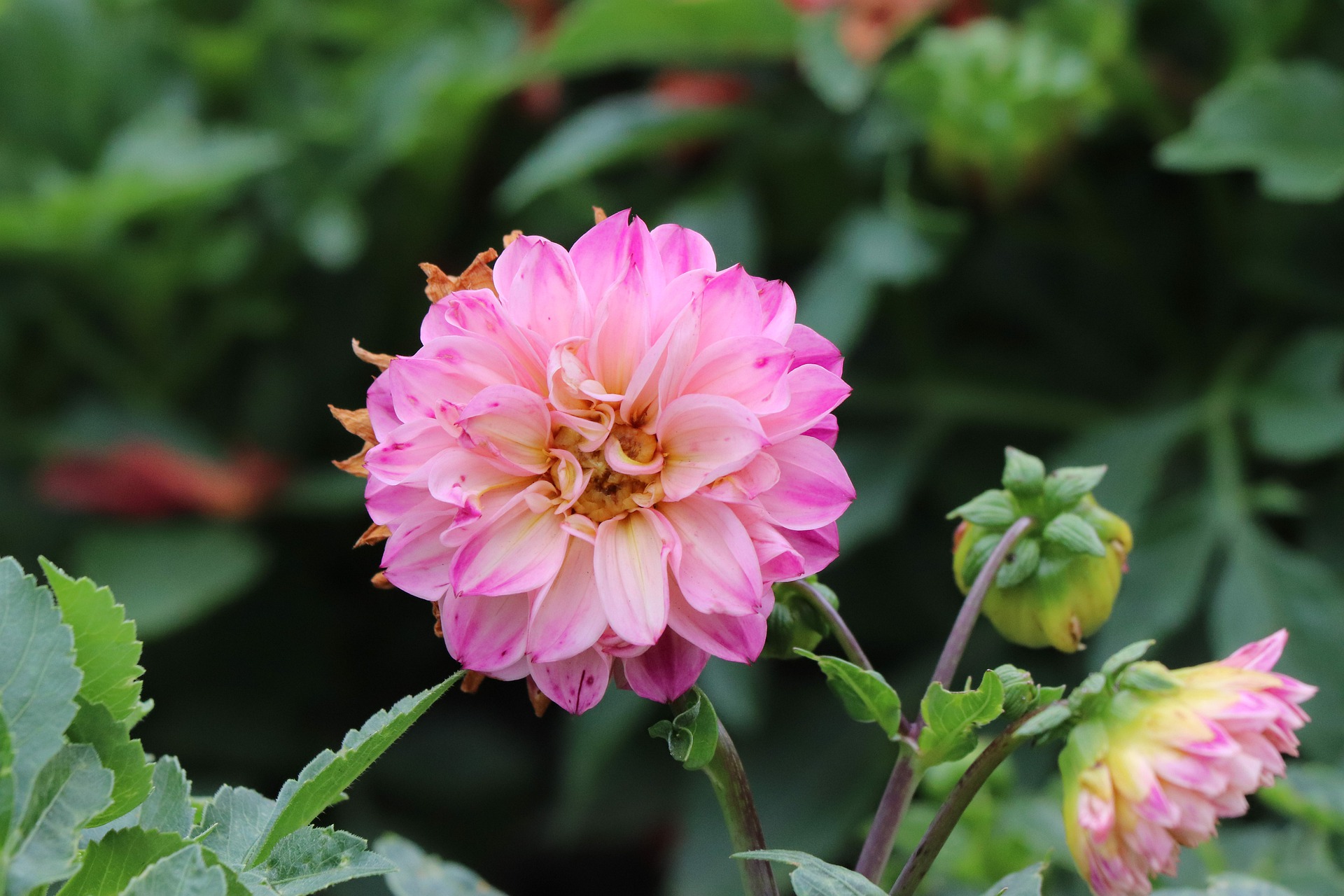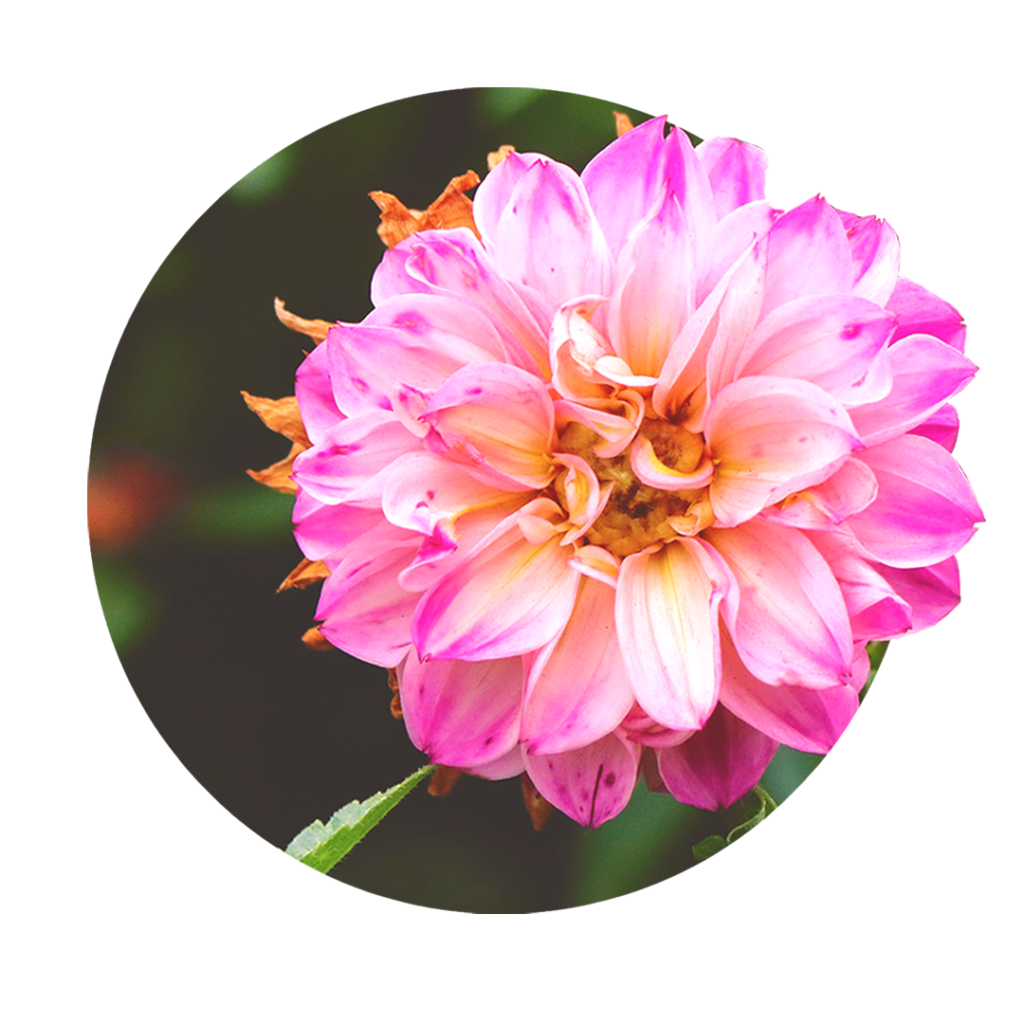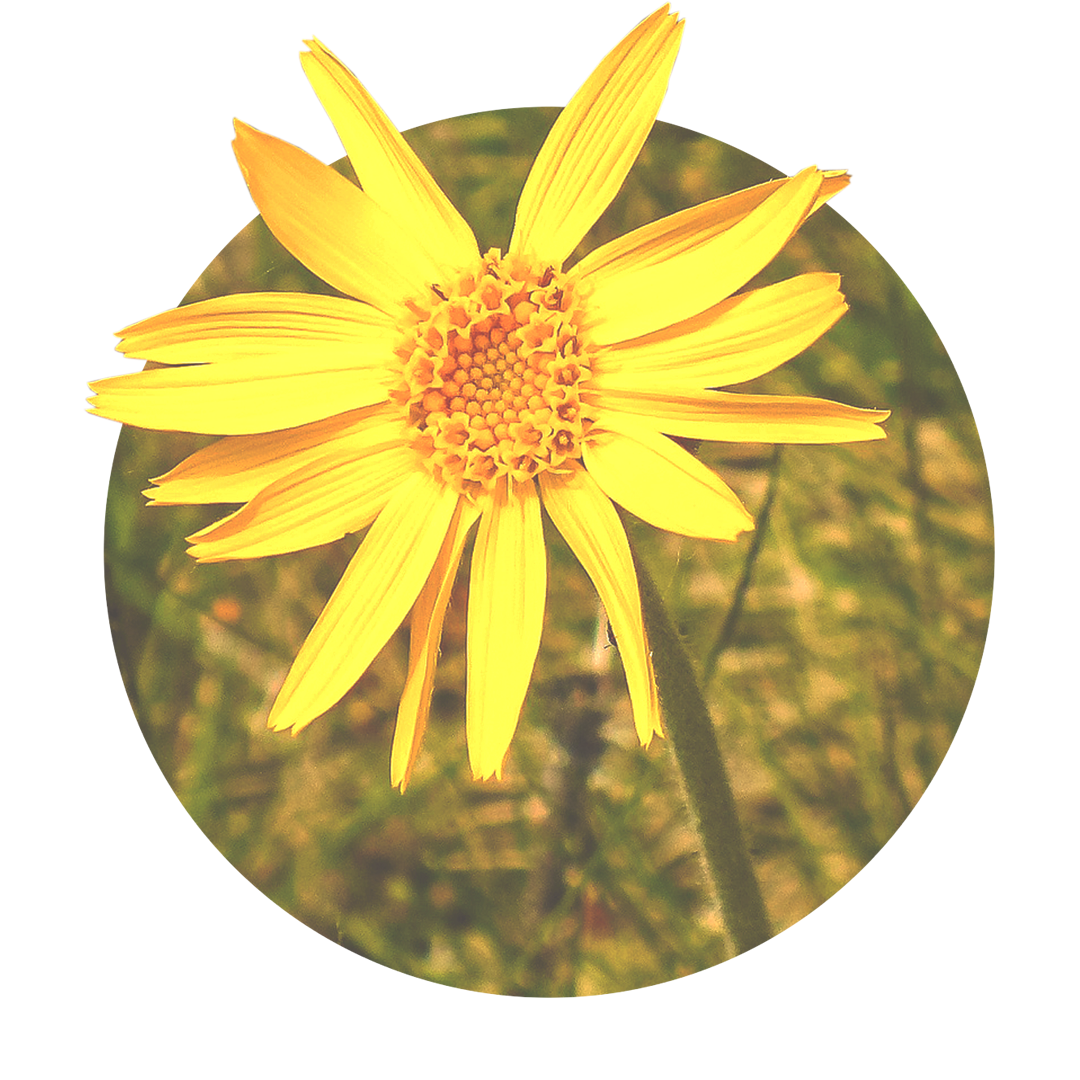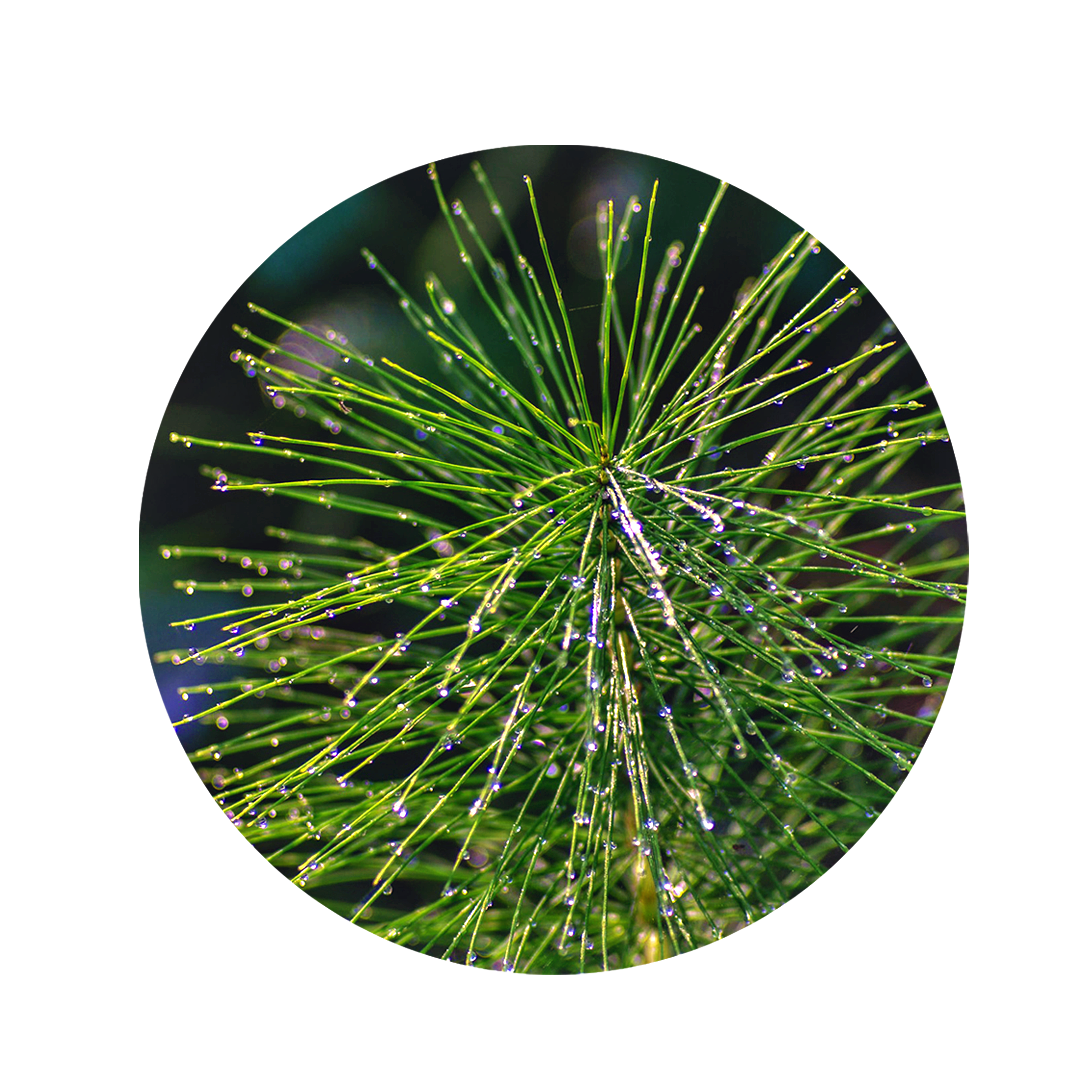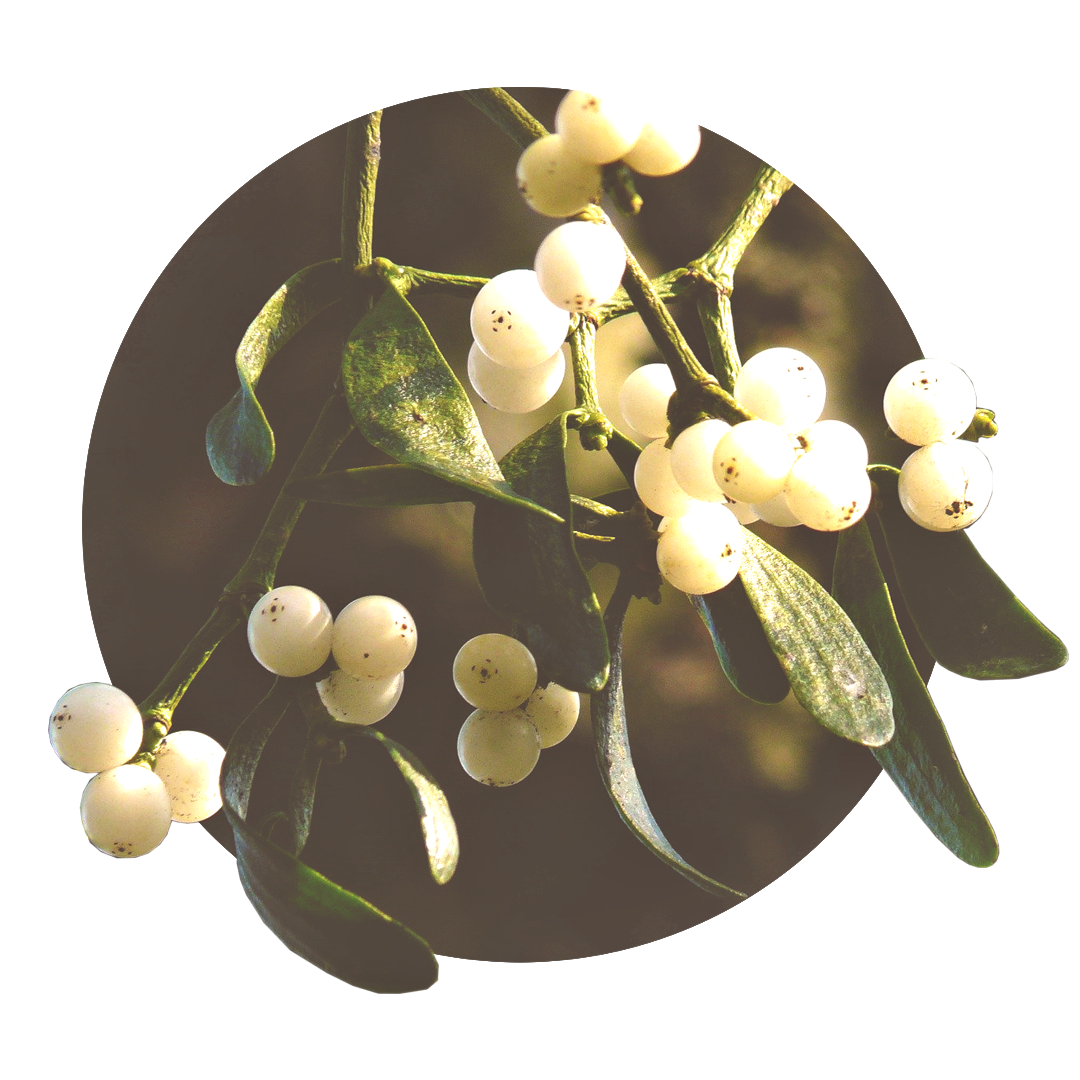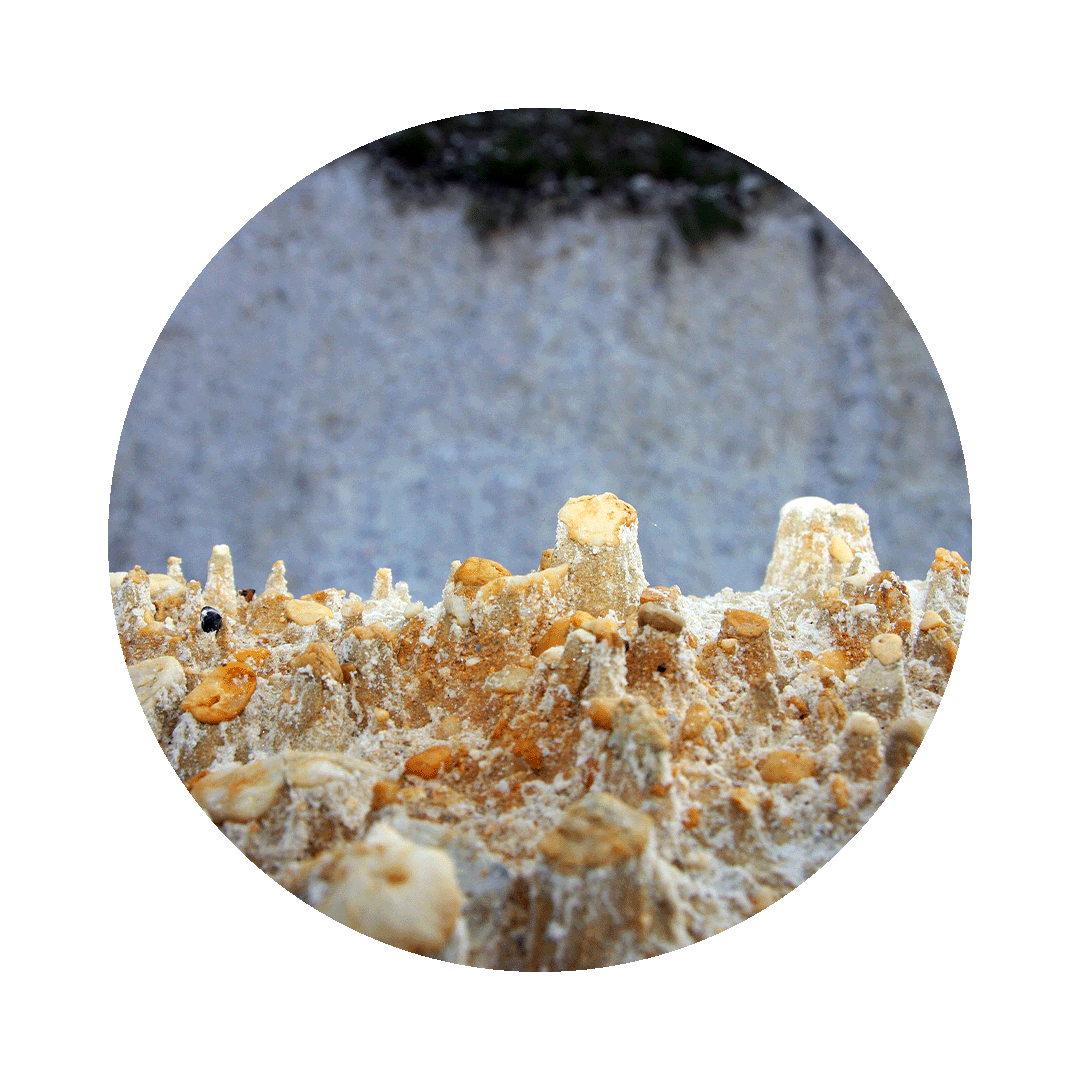Peony: much more than an ornamental plant
The peony certainly had its heyday as a medicinal plant in the Middle Ages. In this era, it was considered the remedy of choice for various indications. In the past, it was the remedy of choice for gout, which is why it is known even today as the gout rose. It was also considered a cure for the divine disease, epilepsy. However, since most of the ancient uses could not be confirmed, it has massively lost its therapeutic importance until today. In fact, it is still used for cramps. Today, however, the convulsions are mostly associated only with a gouty-rheumatic diathesis, and the indication of epilepsy has become rare.
Peony facts
Did you know that...
... the plant is called Benedictine rose because the monks brought it over the Alps to Germany?
... it stood in art as a symbol of wealth and healing?
... it is called Antony rose because it usually blooms around July 13, the day of St. Anthony of Padua?
What is a peony?
Peony is a perennial herbaceous plant with a height of growth up to 100cm. The individual stems are unbranched and have a wonderful magenta flower with numerous yellow stamens. It grows even in the high alpine area up to 1800m and can cope with the severe climatic conditions. Due to its extremely high amount of pollen per flower, it is one of the most important pollen donors for the honey bee and therefore of outstanding importance for a functioning ecosystem. Formerly valued as a medicinal plant, it is now mainly planted as an ornamental plant in home gardens.
General and healing properties of Paeonia
Decongesting
Paeonia is anticonvulsant. It has been recommended in folk medicine for centuries for all kinds of cramps up to epilepsy. It seems to have positive effects on the metabolism and nervous system, so that the cramps subside and relaxation returns.
Astringent
Paeonia is astringent. It causes dilated blood vessels to constrict back to normal and excessive (bleeding through) ends. This often also makes the itching in this area disappear and one becomes calmer again.
Anti-inflammatory
Paeonia is anti-inflammatory. Its active ingredients act directly against inflammation, reduce swelling, redness and itching. Therefore, it is often added to ointment mixtures to soothe irritated skin.
Paeonia officinalis: Ingredients
Basically, two parts of the plant are used from the peony. Firstly, the roots, and secondly, the flowers.
You can find the following ingredients in the peony:
Blossoms:
- Anthocyanins like peonidin
- Favonoid
- Tannins
Roots:
- Monoterpene ester glycosides such as paeoniflorin
- Low amounts of tannins
Peony: effect for body and mind
Paeonia is no longer one of the much used medicinal plants in naturopathy. Its use is mostly limited to spagyric or homeopathic preparations. Here it is often used as an antispasmodic. Both in gastrointestinal spasms with diarrhea, but also in epilepsy and nervous-related spasms, it is therefore used. Other nervous issues for which the peony was traditionally used were migraine, general nervousness and nervous heart problems. It is also said to have a good effect on chronic gout episodes in the toe area. As an ingredient in ointment mixtures, it is popular externally for weeping fissures or hemorrhoids in the anal area to speed healing.
Features peony
- Antispasmodic
- nerve calming
- gouty
- diuretic
- astringent
- antirheumatic
Fields of application in naturopathy
Traditionally, the peony was used for some issues and enjoyed great popularity, especially in the French region. Today, the range of applications has decreased, but it is used naturopathically for the following topics.
Peony for cramps
Traditionally, peony is used for cramps. Interestingly, mostly in connection with a so-called uric acid diathesis. That is, the patient had elevated uric acid levels and therefore a tendency to gouty-rheumatic manifestations. The anthocyanin peonidin contained seems to have a positive effect on the metabolism, so that the cramps are reduced.
Peony for hemorrhoids
In addition to anthocyanins, the peony also contains tannins. These tannins contract vessels and thus also stop bleeding. This effect is used for hemorrhoids, so that the bleeding stops. In addition, the anthocyanins have a positive effect on liver metabolism, which helps to relieve the portal vein system and thus hemorrhoids.
Peony for cough
There are many causes of cough, but most often cough is accompanied by dilatation of the blood vessels of the bronchial area and functional lung tissue. These dilated vessels allow more blood to flow through them, which in turn promotes the growth of the mucous membrane and triggers the irritation of the cough. Since peony has a contracting effect on blood vessels, the bronchial vessels become constricted again and the coughing irritation decreases.
Paeonia for rheumatism
Peony has long been used in folk medicine as a remedy for rheumatism. Today it is assumed that its positive effect is due to the anthocyanins it contains. These are generally attributed an anti-inflammatory effect, which is used here. In addition, Paeonia increases the amount of urine, so that the body can eliminate more metabolic waste with the urine to relieve itself.
Peony for skin and mucous membrane diseases
Many skin diseases are accompanied by acute or chronic inflammation, which causes increased blood flow to the skin. The symptoms are often redness and itching. The tannins of the peony counteract the effect of the inflammatory irritation, reduce the blood flow by contracting the vessels and thus also the itching and redness. The tissue can regenerate and calm down.
Peony for gastritis
There are many causes of gastritis. It can be stress, which tightens the muscles of the stomach and increases acid production, or it can be backflow phenomena of the portal vein in case of liver weakness. Peony helps activate the liver, decongests the portal vein and decongests the stomach. Thus, gastritis can subside and the stomach calms down again.
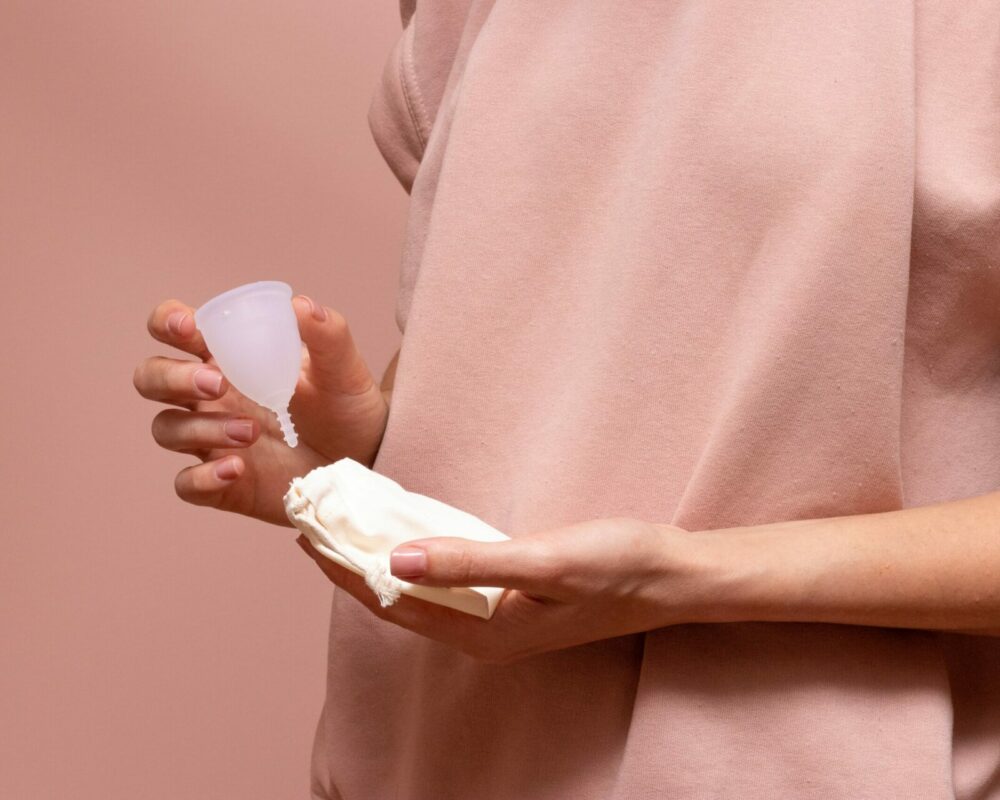
Peony for menstrual cramps
Menstrual cramps usually consist of excessive bleeding and cramps that torment women during their period. Since Paeonia has a spasmolytic and astringent effect, the cramps of the period subside and the bleeding returns to normal proportions. In addition, the peony is still gently anti-inflammatory, so that the abdomen can calm down a little and the period is altogether more pleasant.
Notes on the use of Paeonia
Paeonia is a common ingredient of spagyric and homeopathic mixtures. Sometimes it is also a component of special teas or ointment mixtures in small quantities. The ointment mixtures are used for skin problems or hemorrhoids. As a rule, Paeonia is used only as a cure. Continuous use is not intended.
Peony in pregnancy & lactation
Paeonia should not be taken during pregnancy and lactation. Local, external application is usually possible without hesitation.
Discover our sprays
With natural methods such as the individual spagyric sprays from Zimply Natural, complaints can be treated and sustainably alleviated.
Use healing power of Paeonia!
Use the healing power of the peony and our other 100 medicinal plants for the natural relief of your ailments. Improve your well-being and support your body, mind and soul! Use our configurator to create your personal spagyric spray, which is tailored to your needs and accompanies you on your natural path to the improvement of body, mind and soul.

